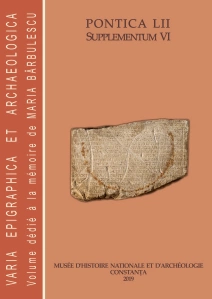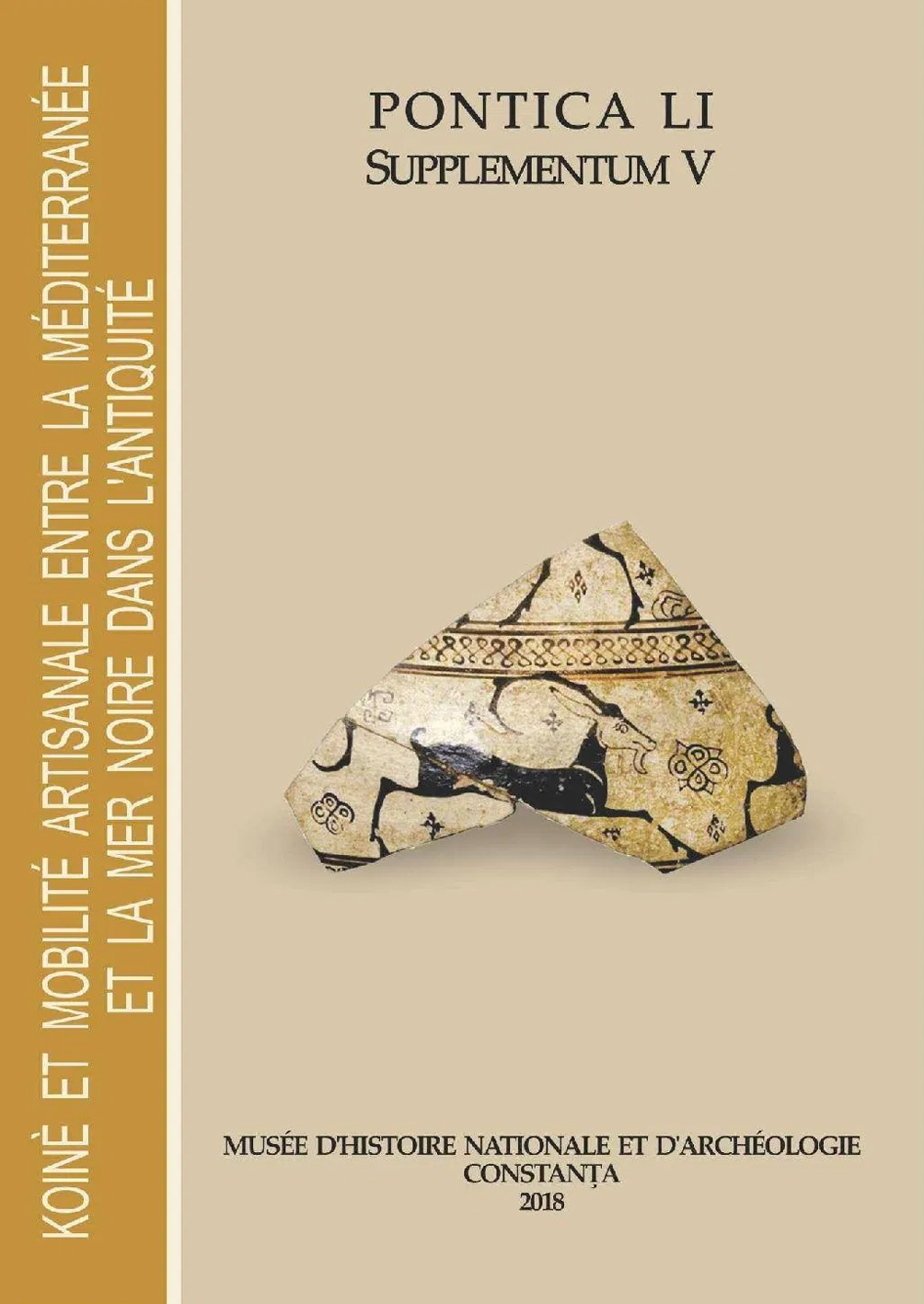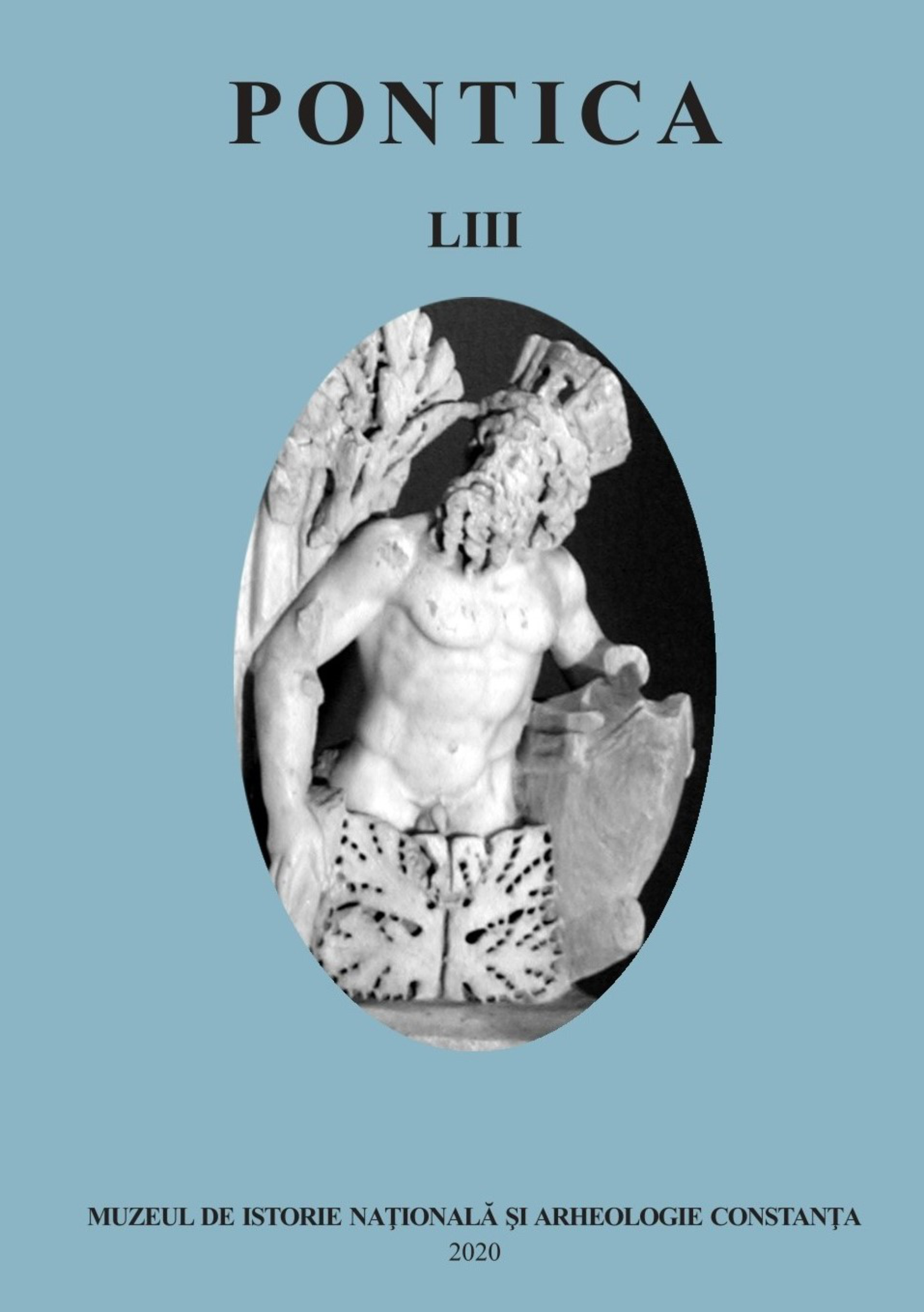
Teracote din așezarea civilă de la Ostrov (Durostorum), județul Constanța (IV)
This article continues the study dedicated to the terracottas discovered between 1998 and 2016 at Ostrov (Durostorum), Constanța County, and focuses on the statuary groups, with a particular regard to the so-called ‘deities on throne’, as they are known in the specialised literature. A number of 21 new objects were catalogued, which are to be added to the five already published ones (in a previous study). All these have the same provenance, namely the same excavations. In order to elaborate the study and the related typology, were taken into consideration other two items, one from Silistra and another one from Ostrov. Considering the representation of the central scene, the artefacts were catalogued in three groups: the busts of two adjacent female characters (three artefacts), the busts of two female characters standing each one on a separate column(eight artefacts) and the busts of two characters (one male and one female?), standing each one on a separate column (one artefact). There are analyzed such types of representations in the Graeco-Roman world and three possible uses for these depictions are considered,depending on the context in which they were to be dedicated: domestic, religious, or funeral. The archaeological context of the analyzed discoveries allow us to date them from the first half of the 2nd century to the beginning of the 3rd century AD.
More...

